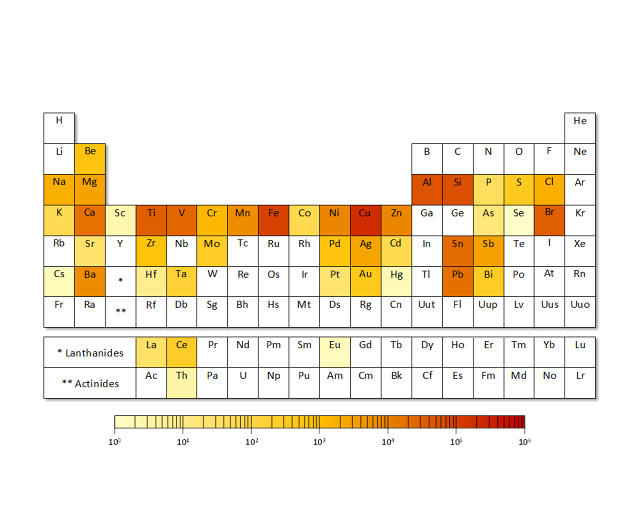A Periodic table Of parts That the sector Is operating Out Of
that is one chemistry category the tech trade must get proper.
April 2, 2015
it’s possible you’ll no longer understand it, but nearly in all places round you are uncommon metals from the earth.
for your phone, computer, or another lcd display, for example, you’ll discover a dash of indium, a comfortable, malleable steel that is in brief provide in the Earth’s crust. Gallium, which is able to emit mild from a jolt of electricity, is utilized in semiconductors, LEDs, lasers, and the sun industry. Rhenium, one of the crucial rarest parts in the earth’s crust, is most repeatedly needed in jet engines.
In other words, in our day-to-day lives, we rely on many metals which might be both amazing, environmentally harmful, or located nearly exclusively in locations like China, Bolivia, or the conflict-torn Democratic Republic of Congo (i.e., now not international locations the U.S. is all the time on good phrases with). what’s the chance that at some point we is not going to be capable of rely upon any of these elements?
that is the question requested by way of researchers from Yale college, who’ve now catalogued how much we’re at risk of striking all our eggs in one basket.

having a look at each of 62 metals that we use lately, including each element’s shortage, focus in one nation, and the issue of discovering appropriate replacements, the learn about creates a periodic desk of chance (or as the researchers call it, “criticality”).
Metals like zinc, copper, and aluminum—those most repeatedly used in manufacturing industries considering that long sooner than the computing revolution—pose little risk, and due to this fact have somewhat low “criticality” scores.
then again, unlike metals that have been common in eras handed, these used in these days’s more recent and rising applied sciences, together with smartphones, batteries, evolved sunlight cells, and more than a few scientific functions, aren’t as reliably simple to get, the review shows. some of these components, like arsenic and selenium, can’t even be mined by myself; they are regularly the byproduct of different mining procedures.

The learn about, printed in the proceedings of the nationwide Academy of Sciences, found that provide limits are most vital for metals utilized in electronics, akin to gallium and selenium. For environmental implications, metals like gold and mercury proved the largest risks. Imposed provide restrictions might affect the availability of metals like chromium and niobium, which go into forming vital steel alloys, and tungsten and molybdenum, which might be used for top-temperature alloys.
The better level for the study’s authors is to underscore the necessity for larger electronics recycling packages as well as a metamorphosis in thinking about design. The more these metals are put back into circulation, the less the demand for recent mining becomes, notes the lead creator, industrial ecologist Thomas Graedel.
“i feel these outcomes should send a message to product designers to spend extra time enthusiastic about what occurs after their merchandise are no longer getting used,” he says.
[prime photograph: nattanan726 via Shutterstock]
(157)














